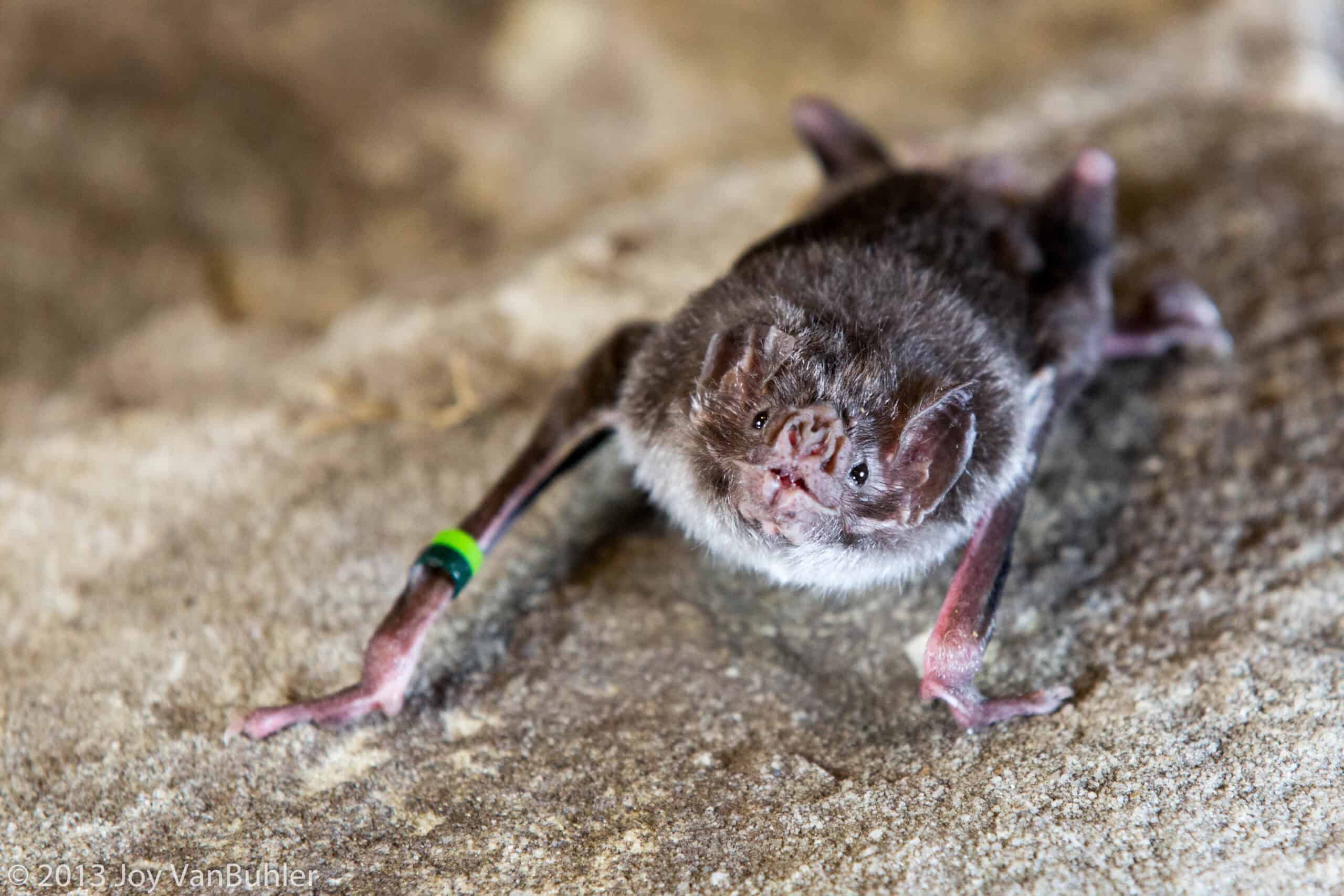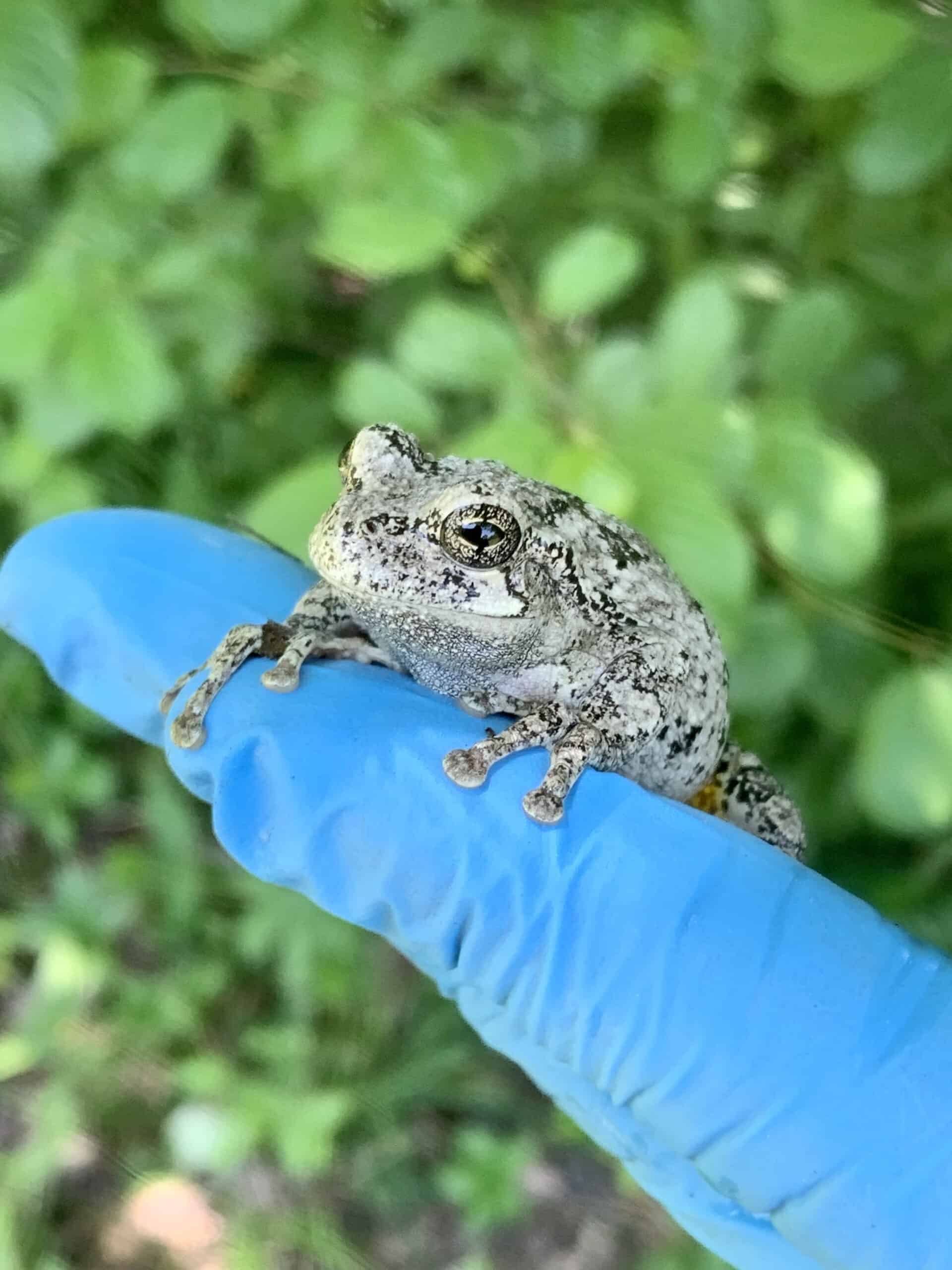Share this article
Federal court orders release of captive red wolves into the wild
A federal district court has ordered the U.S. Fish and Wildlife Service to resume releasing captive red wolves from a captive breeding population into the wild.
In 2015, the USFWS put red wolf releases on hold while it reviewed the continued viability of the recovery program. Now, under the new order, the USFWS must immediately draft a plan for releasing endangered red wolves (Canis rufus) into the Red Wolf Recovery Area in North Carolina.
As few as seven individual wolves might remain in the recovery area, where they are part of a nonessential experimental population. Designating a population as “nonessential, experimental” under the Endangered Species Act provides flexibility in managing the species while still furthering its conservation.
About half of the red wolves in the wild are about ten years old, with limited remaining life expectancy or breeding potential, according to the court decision. In fact, no red wolf pups were born in the wild in 2019 or 2020. According to researchers, the wild population will likely fail unless new individuals are added and causes for their mortality are reduced. This failure would make the captive breeding population of about 200 animals the last remaining red wolves in the world.
Although they were once common throughout the southeastern U.S., red wolves were listed as endangered in 1967 and declared extirpated from the wild in 1980, when the last known individuals were captured to start captive breeding efforts. In 1987, the USFWS established the Red Wolf Recovery Area in coastal North Carolina’s Alligator River National Wildlife. The USFWS released captive red wolves into the wild every year between 1987 and 2014, reaching a population high-point of 130 wild wolves in 2011.
The population has declined drastically since then. Human-caused mortality as well as competition and hybridization with coyotes (Canis latrans) threaten the persistence of red wolves in the wild. Coyotes were historically absent from the southeastern U.S. but moved in after red wolves were extirpated. Now, private landowners accidentally kill red wolves after mistaking them for coyotes or poach them intentionally to reduce conflicts. Coyote-wolf hybrids do not receive ESA protections and make it difficult for pure red wolves to breed successfully.
In 2015, in addition to putting red wolf releases on hold, the USFWS also reduced its efforts to manage coyote hybridization and authorized private landowners to lethally take “non-problem” red wolves. The expanded authorization of lethal take was reversed in a federal district court decision in 2018.
Now, in response to a lawsuit brought by the Red Wolf Coalition, Defenders of Wildlife, and Animal Welfare Institute, the court has determined that inaction by USFWS is a violation of its duties to conserve endangered species under Section 7 of the Endangered Species Act. The USFWS must draft and submit plans for red wolf releases by March 1, 2021 and then begin implementing the plans, returning to give a status update to the court in six months.
Read TWS’ Position Statements on Threatened and Endangered Species in the U.S. and The U.S. Endangered Species Act.
Header Image: A new federal court order requires the U.S. Fish and Wildlife Service to resume the release of captive red wolves into the wild under the Endangered Species Act. Credit: R. Nordsven/USFWS








